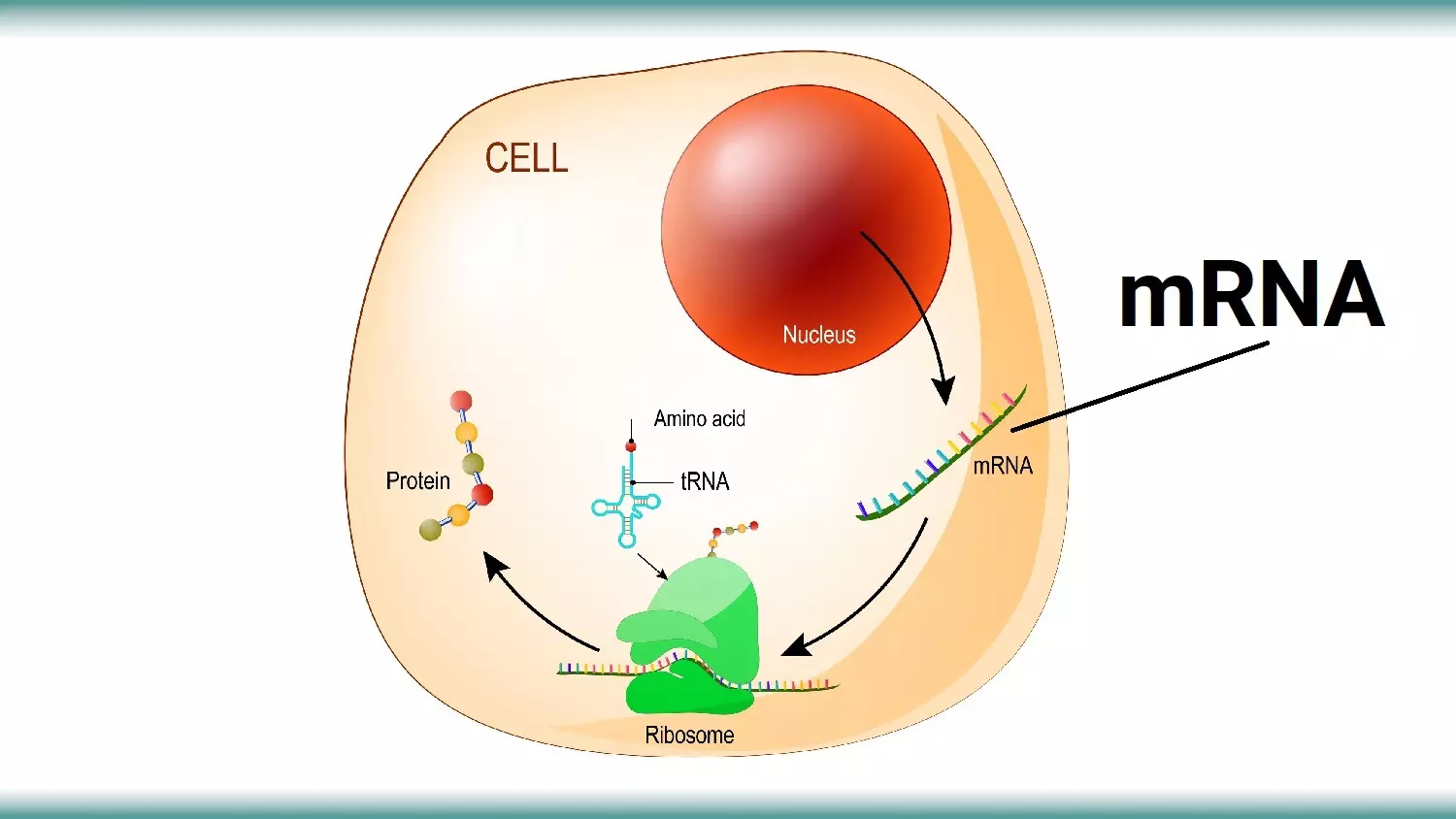[Originally published November 16, 2020 as A New Kind of Vaccine for COVID-19. Dr. Wile’s blog will continue to report on this vital issue as new announcements are made.]
There has been a lot of talk about Pfizer’s COVID-19 vaccine, and a reader asked me to comment on it. The company claims it is more than 90% effective at preventing the disease, which is better than what most health-care experts were expecting. If true, that news is exciting enough. To add to the excitement, it is a new kind of vaccine that has great potential, if it works the way it is supposed to. There is another company trying to produce a similar vaccine, but it looks like Pfizer is in the lead, so for the purpose of this article, I will focus on its version.
Let me start by saying that I have no connection to Pfizer or any other pharmaceutical company. I am a science educator who writes about science issues like this one. I am also not a medical doctor or medical researcher. I am simply a nuclear chemist who has broadened my knowledge base by writing (or co-writing) a series of textbooks used by home educators and teachers in Christian schools. Thus, I am no expert on these matters. However, I get most of my information by reading the scientific literature, which allows me to avoid a lot of the misinformation found in the standard media outlets and (even worse) social media.
Before I talk about Pfizer’s vaccine in particular, I want to explain how this kind of vaccine works. To understand that, remember that a traditional vaccine uses a weakened/inactivated form of the pathogen whose infection it wants to prevent (or a chemical mimic of that pathogen). This causes your body to react as if it is being infected by the real thing. As a result, it mounts a defense that is specific to that pathogen and remembers how to fight it. That way, if you get infected by the real thing, it can mount a swift immune response.
This process takes advantage of your acquired immune system. However, you also have an innate immune system, and the active ingredient of the vaccine does not stimulate it. As a result, traditional vaccines have additives, called adjuvants, which are designed to stimulate your innate immune system. That way, everything in your immune system works the way it is designed to work.
Messenger RNA Vaccines
This new kind of vaccine takes a different approach. Rather than injecting you with a weakened/inactive version of the pathogen (or a chemical mimic), it injects you with the instructions that your cells need in order to make a protein that is found on the pathogen.
These instructions are coded in a molecule called messenger RNA (mRNA), which is the way a cell expects to receive such instructions. Some of the cells in your body will make the protein according to those instructions and “display” it, which will cause your immune system to think it is being attacked by a pathogen. This will stimulate your acquired immune system to respond. It will then remember that response so if you get attacked by the real thing, it is ready.
You can’t just inject mRNA into the bloodstream, however, as it will be removed rather quickly. Thus, the mRNA is enclosed in a fatty membrane called a “lipid nanoparticle.” The membrane and its mRNA can enter your body’s cells. Once that happens, cells recognize the mRNA as instructions for making a protein, and it is sent to a protein-making center called a “ribosome.” Interestingly enough, the membrane-enclosed RNA also stimulates the innate immune system, so this kind of vaccine needs no adjuvants, at least based on what has been seen so far.
But what happens after the mRNA is used at the ribosome? After a while, it decays away and is recycled by the cell. Why? The DNA in the nucleus of each cell contains instructions for making the proteins that the cell needs to make, but it never leaves the nucleus. As a result, the instructions are sent from the nucleus in the form of mRNA. Thus, there is a lot of mRNA in the cell, and all used mRNA decays and is recycled as a matter of course. This kind of vaccine just adds one more mRNA to the cell, and the cell treats it like it treats any other mRNA.
Can a Vaccine Change my DNA?
But wait a minute. If mRNA comes from DNA, is it possible that this mRNA can somehow interact with your DNA, fundamentally changing it? Not based on what we know about the cell. DNA is found in the cell’s nucleus, and mRNA cannot enter the nucleus; it can only leave the nucleus. Thus, there is no way this mRNA can affect your DNA.
There is a class of viruses called “RNA retroviruses” that have the ability to take their RNA and convert it into DNA, which can then enter the nucleus. However, that virus has a special chemical (a reverse transcriptase enzyme) and other support chemicals to get that job done. With this kind of vaccine, there aren’t any chemicals like that, so as far as we know, there is no way for this mRNA to even come close to the cell’s DNA.
Advantages of this New Method of Immunization
Why would you want a vaccine like this? Because it has several advantages over a traditional vaccine.
- First, there are no adjuvants. Every time you add another chemical to anything that goes in the body, you have increased the possibility of side effects. Fewer chemicals should mean fewer possible side effects.
- Second, since this is fully synthetic, it is relatively fast to produce. Thus, it is thought that this kind of vaccine can be made for situations just like this one, where the sudden introduction of a pathogen produces a new disease that is infectious.
- Third, the development of the vaccine doesn’t require the virus itself. All you need is the sequenced genome. Thus, there no chance of a virus-related accident during production.
I will add one note of caution. This kind of vaccine has never been used before, except in clinical trials. Thus, nothing is known about its long-term effects, except what is predicted based on our current knowledge of cellular processes. Those who are more cautious about medical interventions should take that into account. Of course, I must also add that we don’t know what the long-term effects of COVID-19 infections are either, so one must weigh both unknowns when making any decision related to the disease.
I will keep my readers apprised of any new developments.
NOTE (added 11/17/2020): Pfizer’s competitor on this kind of vaccine is a company called Moderna. In response to Pfizer’s press release, they released one of their own. It indicates similar efficacy and safety, which is great news. Moderna’s vaccine follows the same methodology as Pfizer’s and is also currently in a large clinical trial. The major difference between the two vaccines is that Pfizer’s requires specialized ultra-cold storage (-80 degrees C), while Moderna’s can be stored in any standard freezer (-20 degrees C). Pfizer’s vaccine will keep for 5 days in a refrigerator, while Moderna’s will keep for 30 days. As a result, it is thought that Moderna’s vaccine will be easier to distribute, if it gets authorized for use.







Thank you for providing this information!
It’s a mess trying to find information on this subject, isn’t it? Dr. Wile is a steady source of careful information along with some excellent information at Creation Ministries International such as this article: https://creation.com/rna-vaccines